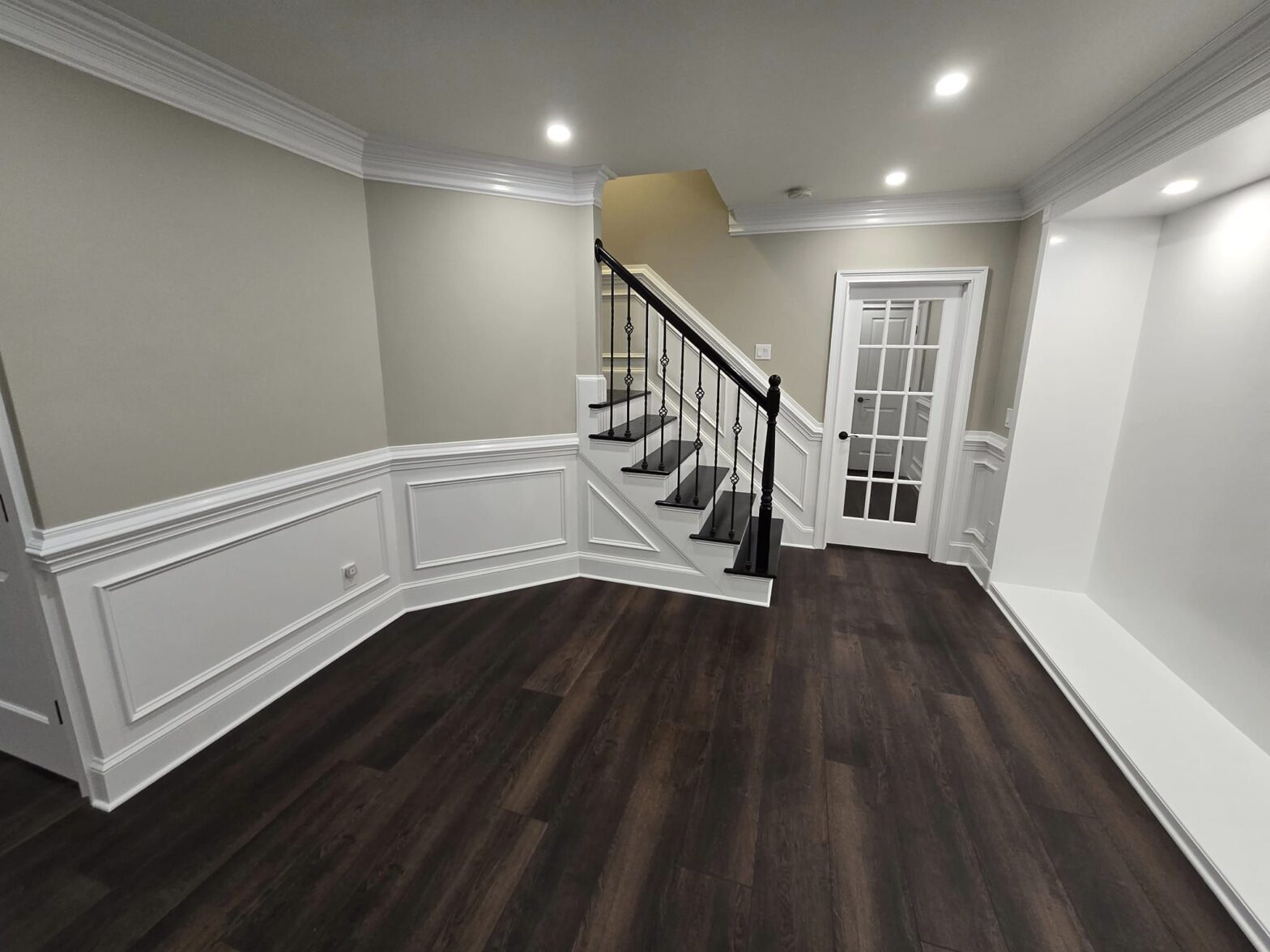
Interior Painting
5 Questions to Ask Before Choosing an Interior Paint Color
Choosing an interior paint color contributes significantly to the ambiance of the room. With millions of colors and shades available, the whole process of selecting the right color can be tedious. Consider the fact that the colors are your personal preference, but if you are getting the house painted to list it for sale, it is better to choose neutral colors than using bold and bright colors within the rooms. However, to ensure that you select the right interior paint color, we recommend that you consider these key aspects:
What is the Purpose and Ambience of The Space?
Before you start reviewing the paint swatches, ensure that you have defined the desired ambience and purpose of the rooms. All rooms have a different purpose and each one has a unique atmosphere. You need to think about the main function of the space – is the room going to be a child’s bedroom, living room to socialize or will the space convert as a study or office.
All that you need to do is look at the walls, accents in the room and find the best colors.
Knowing about the purpose of each room will help you guide on the choice of color.
- Bedrooms: Calming blues and muted greens enhance the bedroom’s ambience.
- Kitchen: Vibrant shades like yellows, oranges, or reds can creatively energize the kitchen.
For a harmonious and functional space, align the colors with intended purpose. From neutral and pastels to yellow and browns, there are thousands of shades and hues that will meet your color requirements.
What Type of Lighting Is in The Room?
The way you perceive colors within the room depends upon the lighting. That is why it is important to assess the indoor lighting conditions, before you finally select the color. Sources of artificial light, and natural light will contribute immensely to the appearance of wall colors.
- Assess indoor lighting conditions before selecting a color –
- Artificial and natural light contribute to color perception.
- Fluorescent lighting brings out cooler shades.
- Evaluate color swatches in both daylight and artificial lighting.
- Ensure the selected color maintains consistency throughout the day.
- Consider the orientation of windows to understand natural light filtering in.
The fact is that color can reflect or absorb the light. Thus, if you select the wrong color, you can throw the brightness of the area, completely out of balance. If the room has plenty of natural light, you can pick a darker shade, but if there is limited natural light filtering in, it is best to select a lighter hue, to ensure that the room is bright.
How To Find the Right Color Undertones?
For a complementing and harmonious color scheme, it is important to understand the color undertones. Even neutral colors have warm or cool undertones and it becomes noticeably apparent when the paint is applied to a large area. Thus, check the undertones of the selected color. Usually, the cool tones are green and blue, while the warmer ones are yellow, orange and red tones. Industry standards lay emphasis on ensuring consistent undertones of the chosen color so that there is color consistency in the room.
Is there Consistency Of Colors in Other Rooms?
There needs to be harmony of colors throughout the house, especially if there are multiple rooms. Experts stress on the relevance of having a cohesive flow of colors from one room to the adjacent rooms. Thus, consider the paint colors in other rooms before you take on a decision on the interior paint color of a specific space. Though all rooms don’t have to be identical in colors, but a complementing color scheme can ensure that there is a unified color palette. That adds to the visual appeal and personality to the rooms.
What is the Importance of Paint Color Alignment?
For best color alignment, you’ll need to consider the color of the flooring, furniture and architecture of the house. The importance of achieving a coordinated look ensures complementing elements of design. Additionally, you can:
- Consider color alignment with flooring, furniture, and architecture.
- Achieve a coordinated look for complementing design elements.
- Review the dominant color scheme in the room including colors of the artwork, fixtures and furnishings
- Choose a color that complements focal points and adds depth to the room.
- Highlight trims and moldings in coordinating colors for added visual interest.
You need to select a color that complements structural elements in the room. Additionally, if there is a focal point in the room such as an artwork, choose a complementing or neutral shade for the walls.
Having a peaceful space to relax and unwind is made visually pleasing, when you have beautiful colors and soothing ambience. We know that you’ll need careful consideration to choose the interior colors. By asking the above-mentioned questions, you’ll be able to narrow down your color choices by aligning the lighting conditions, undertones, and current elements in the room. Please Contact us today to schedule a FREE ESTIMATE.
 Mon-Fri: 8am to 5pm ~ Sat – Sun: Closed
Mon-Fri: 8am to 5pm ~ Sat – Sun: Closed






Recent Comments